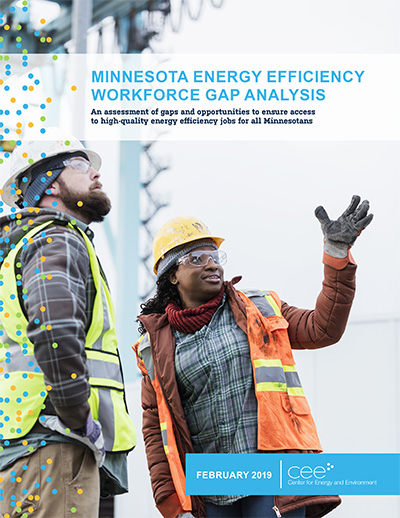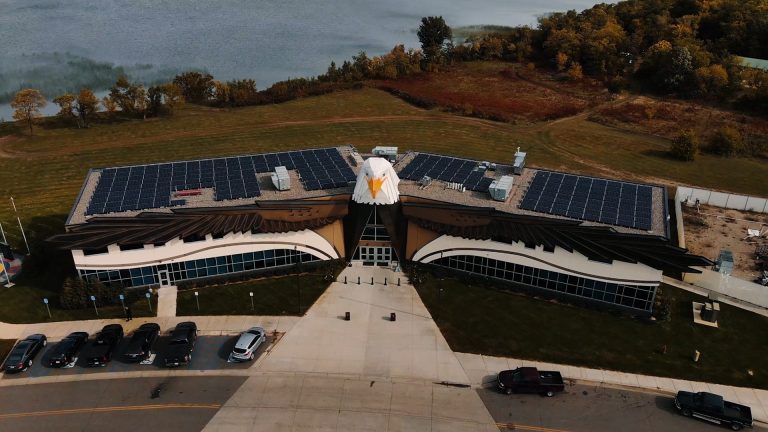The energy efficiency industry is an important component of Minnesota’s clean energy economy, representing nearly 45,000 jobs and more than 75 percent of total clean energy employment in the state. Maintaining the strength of this economic sector requires more than an enduring policy framework. It also requires a consistent, high-quality workforce pipeline.
In Minnesota, challenges like a general workforce shortage and the anticipated ‘silver tsunami’ of retirements in many trades threaten the clean energy economy’s ability to maintain or accelerate growth. At the same time, these challenges present opportunities to create accessible career pathways for disadvantaged populations that are often left out of economic prosperity. Additionally, evolving technologies bring changes to the skills required to work in clean energy jobs.
To maintain existing clean energy jobs and build new ones, we need to better understand the current employment landscape in the energy efficiency sector and how these jobs are changing to adapt to tomorrow’s workforce. To identify challenges and opportunities, the Center for Energy and Environment conducted an assessment of the current workforce landscape in the energy efficiency sector. Through a series of interviews with employers, construction trades training programs, and workforce development professionals, this effort identified some trends and opportunities in the workforce pipeline to help the state ensure access to quality energy efficiency jobs for all Minnesotans.




